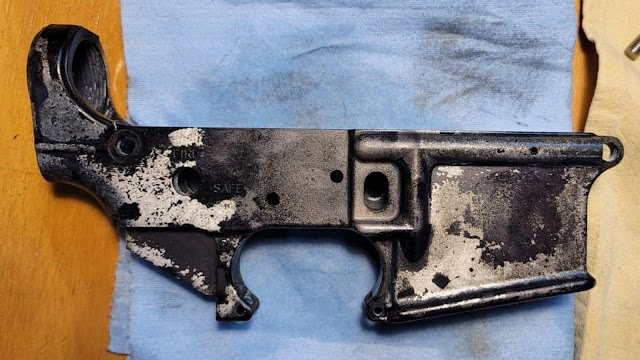 In previous posts I’ve talked about crock pots,
also called slow cookers, as well as mentioning pressure
cookers in passing. Both have their places in the Kitchen Armory. However,
they cost money and take up space. Wouldn’t it be helpful if there was a single
appliance that could do the work of both?
In previous posts I’ve talked about crock pots,
also called slow cookers, as well as mentioning pressure
cookers in passing. Both have their places in the Kitchen Armory. However,
they cost money and take up space. Wouldn’t it be helpful if there was a single
appliance that could do the work of both?
We’re in luck because there is such a device. I’ve mentioned
Instant Pots before, and Lokidude
talked about his a couple years ago, but this versatile tool is important
enough to deserve another post.
These appliances combine many features of crock pots along
with those of pressure cookers, and have a number of additional options as well.
For example, the sauté feature alone is almost worth the cost of admission; add
in the ability to make low effort broth or stock, and perfect hard boiled eggs every time,
and I’m sold. For those who stock up on dried beans, the savings in time and
effort rehydrating them will amortize the expense quickly.
With an Instant Pot, it really is possible to make a more
involved one-pot meal that’s not a soup or a stew. For example, see the Fried Rice
in my Rice
post or the Kung Pao Chicken in my Nuts
post.
Of course, before trying any recipes, an Instant Pot has to be purchased. Prices have come down considerably since they were first introduced; it’s now possible to get an 8-Quart model for less than one hundred dollars, and the 6-Quart version costs even less.
 |
The author's InstantPot and cookbooks |
Other than size, these two models are pretty much identical.
The product description for both is exactly the same:
“Easy to use, easy to clean, fast, versatile, and convenient, the Instant Pot® Duo™ is the one that started it all. It replaces 7 kitchen appliances: pressure cooker, slow cooker, rice cooker, steamer, sauté pan, yogurt maker & warmer. With 13 built-in smart programs, cook your favorite dishes with the press of a button. The tri-ply, stainless steel inner pot offers quick, even heating performance. Redefine cooking and enjoy quick and easy meals anywhere, any time. The Instant Pot Duo offers the quality, convenience and versatility you’ve come to expect from Instant – discover amazing.”
One of the most important features of any pressure cooker is the release valve. On our Instant Pot, it’s a knob with a 90 rotation from sealed to vent. Recipes may call for quick release (opening the valve as soon as the cook time is done) or slow release (letting the unit sit for a time, then releasing residual pressure), depending on a number of variables. Make sure to follow the manufacturer’s maintenance and cleaning instructions, especially regarding the seal and release valve.
While most Instant Pots come with a basic recipe book, there are many more available through Amazon as well as online. The two we prefer are The Instant Pot College Cookbook and The Instant Pot No-Pressure Cookbook. It’s possible to convert many traditional crock pot recipes for use in an Instant Pot as well.
The ability to create a meal in a hands-off manner as introduced by the crock pot has been expanded considerably by the introduction of the Instant Pot. If forced to keep just one of them, I'd be hard pressed to choose between the two: the crock pot is simpler and basically foolproof, but the Instant Pot gives me far more versatility. Fortunately, I don't have to choose!






















